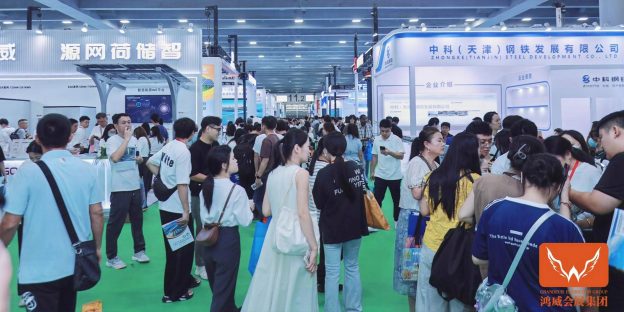Taiwan’s Market Update: Module Factories Cut Prices to Boost Sales
This week, the EPC contractors in Taiwan’s PV market have finally shown attempts of boosting their sales. As the grid connection deadline, which was delayed for 2 months, was approaching, modules were sent to all the project sites for installations. The module manufacturers were slashing their prices to boost sales. The price of mainstream modules, which has long been locked in at US$0.335 /W, has started to drop to US$0.33 /W. Although the decline was not large, it was clear that the market was no longer stagnant. A small wave of installations was emerging. It is estimated that the peak time for restocking in the first half of 2020 will be in mid-June.
Polysilicon
This week, the overall sales volume of polysilicon was relatively low. And the trend of quoted prices roughly showed the same pattern as last week. The sales volume was relatively lower this week, because most orders in May were signed in early May. And the orders in June will not be discussed until next week. Some of the urgent orders will be negotiated on case-by-case basis, which would see the sale prices landing on the lower end of the market. Compared with the overall downward trend of polysilicon prices last week, the global polysilicon prices showed only a slight dip this week, with an average price of US$7.082 /KG. Lately, polysilicon manufacturers have adjusted their production schedules. They are 7 companies all over the world that are undergoing their facility maintenance at the moment. Companies such as Tongwei, East Hope, Daqo have shifted their maintenance plans to June. The inventory of polysilicon was gradually digested, on account of China’s 630-deadline impacting the polysilicon side as well as the reduction in polysilicon supply in the overall market. The supply and demand in the polysilicon market would not change much in the short term.
Wafers
The wafer market continued to fluctuate this week, and the overall prices fell slightly. Stimulated by the sharp price reduction of mono-Si wafers in the early stage, the downstream demand for the mainstream products has recovered to some extent. However, overseas demand has not recovered, which made it difficult to fix the excess supply. Consequently, the mono-Si wafer prices in the Chinese market were still falling this week. The average price of G1 mono-Si wafers was adjusted to RMB 2.62 /pc. And the average price of large-size mono-Si wafers was reduced to RMB 2.8 /pc. Concerning the multi-Si wafers, the prices have not improved, which was almost approaching the manufacturers’ cost of production. There has been a stream of reports about the quoted prices, which range from RMB 1 to 1.1 /pc. Some companies are even considering ending the current manufacturing capacity or transforming their business models.
PV Cells
This week, most of the quoted prices remained stable, with the exception of the overly high quotes coming back down to the baseline. Owing to India’s lockdown being extended to the end of May, coupled with a perpetually weak demand, the price difference between the mono- and multi-Si cells has been more than RMB 0.2 /W. Regarding the mono-Si cells, the quoted prices of upstream wafers have been slipping. However, the quoted prices of top-tier manufacturers with bargaining power could remain reasonable on account of the support from the downstream demand. This has anchored the cells (>21.7%) at RMB 0.8 /W. In the short term, the demand for some top-tier companies is improving. And the orders for June has already maxed out their manufacturing capacity.
Modules
The module prices continued to fall, but the overall decline has narrowed at the moment. Due to the sufficient supply of modules in the Chinese market, coupled with the overall overseas market demand remaining weak in May, the module market was suffering from an excess supply. However, the module prices have basically stopped plummeting in the Chinese market by virtue of the improvement in China’s domestic market and the recovering demand for high-efficiency modules. Regarding the non-Chinese markets, in the light of the traditional markets such as Europe and U.S. were returning to work in phases, the current average price of the high-efficiency mono-Si (315-320W) modules remained at US$ 0.25 /W. However, the market aggregate demand is not yet clear. And the businesses were more cautious when it comes to the overseas short-term orders. The > 325W / > 385W module prices continue to decline to US$0.26 /W, as a result.
It is noteworthy that Jinko, JA Solar and other manufacturers have all released 500W + high-power modules based on large-size wafers lately. Although the product sizes and technical specifics of each manufacturer are slightly different, there is not much difference in terms of the overall module specifications and performance. In the future, the industrial concentration of modules may further increase.
(Analysis provided by Sharon Chen, analyst at EnergyTrend.)








